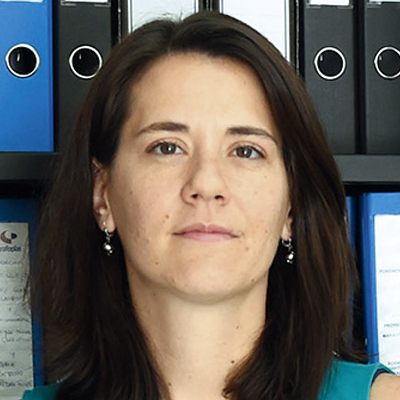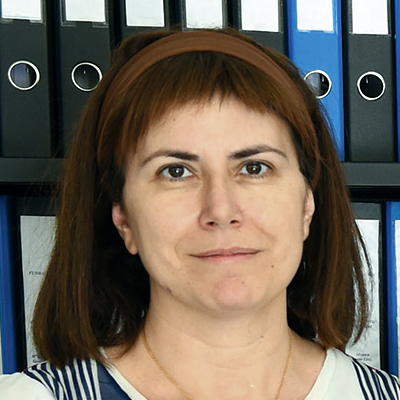Servicio de Salud de Castilla La Mancha
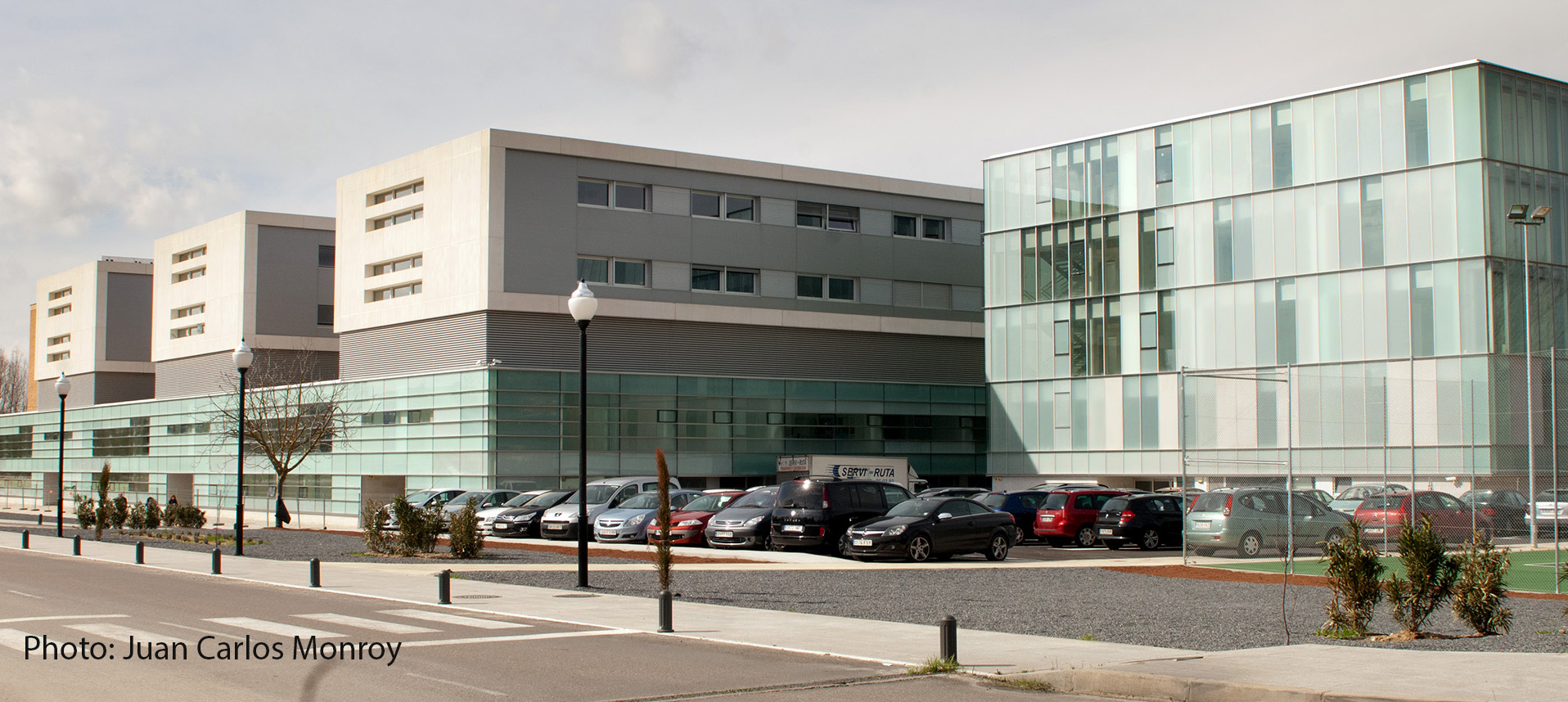
SESCAM is the Health Service of the autonomous region of Castilla-La Mancha. SESCAM is part of the Spanish National Health System, and is based on public funding. As part of SESCAM, the Hospital Nacional de Parapléjicos in Toledo is a reference center in Spain for the integral rehabilitation of patients with spinal cord injury. Efforts at the hospital are also committed to research advances in the field.
Laboratory of Interfaces for Neural Repair at Hospital Nacional de Parapléjicos (SESCAM)
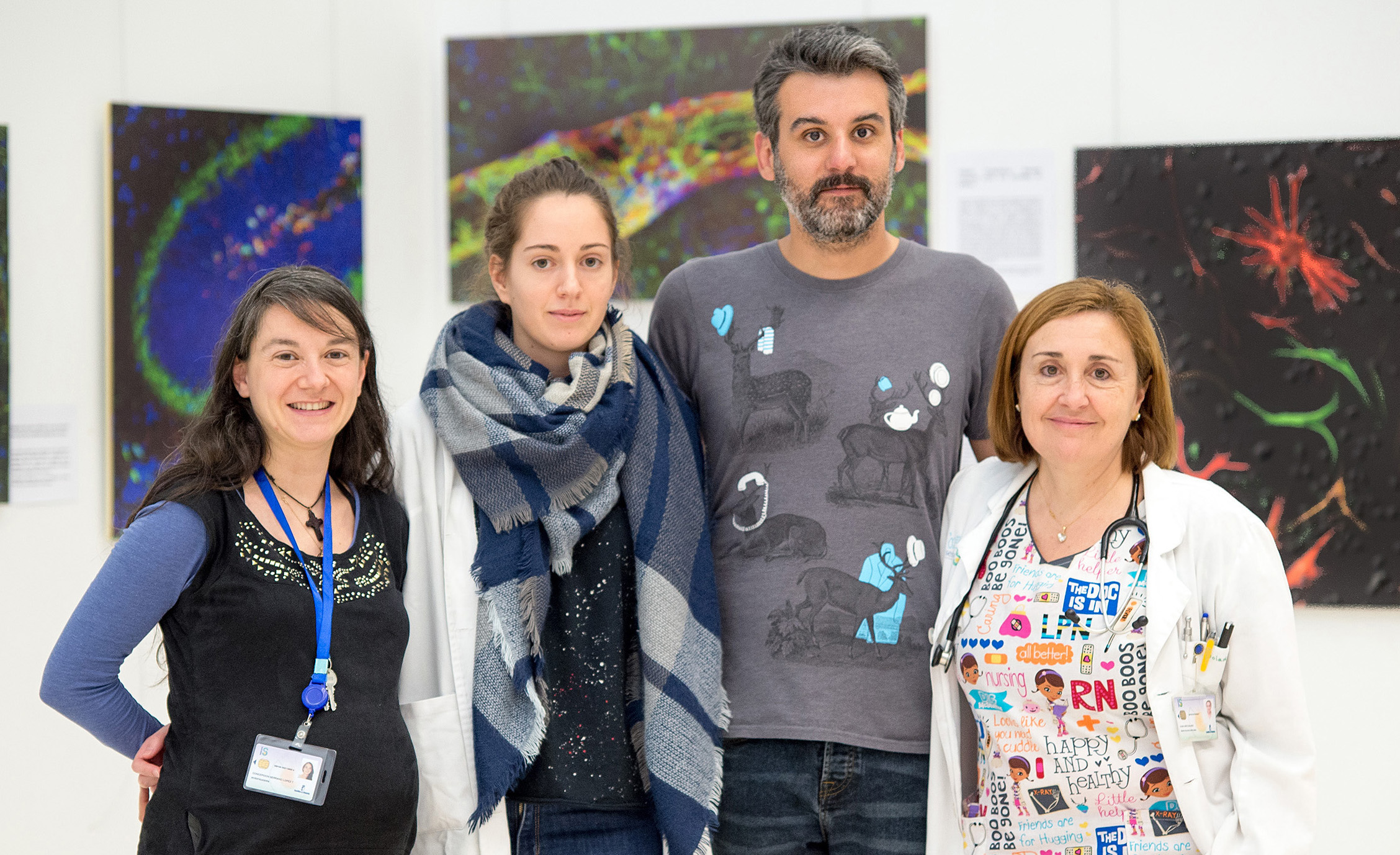
The Laboratory of Interfaces for Neural Repair (LINER) focuses on the design and development of new biomaterials potentially useful as interfaces with the injured central neural tissue and able to represent novel therapeutic alternatives for the treatment of spinal cord injury.
Our expertise includes:- Design, fabrication, characterization, and functionalization of biomaterials.
- Biocompatibility assessment by using in vitro models with neural cell cultures.
- In vivo studies in experimental models of spinal cord injury in rats.
Along with Instituto de Ciencia de Materiales de Madrid (CSIC), our laboratory constitutes the Research Unit of “Design and development of biomaterials for neural regeneration”, HNP-SESCAM, Joint Research Unit with CSIC. The multidisciplinary expertise of both research teams allows the creation of an enriched environment in which knowledge from basic science (Materials Science, Molecular and Cell Biology, Neuroscience, Histology, Pathologic Anatomy) is combined with the understanding of the clinical problem from the daily practice with spinal cord injury patients (Medicine).
In the ByAxon Project, research activities in our laboratory will focus on:
Biocompatibility tests in vitro of bypass elements and prototype:- To assist CSIC at evaluating the biocompatibility in vitro of the materials and nanostructured devices fabricated and tested with embryonic neural progenitor cells.
- To assist CSIC at functionalizing the bypass elements/prototype to enhance biocompatibility and reduce tissue disturbance.
Electrophysiological testing of the bypass parts and prototype:
- To exploit the ability of the nanosensors, nanostructured electrodes, and bypass prototype to promote efficient neural interfacing and synaptic activation. We will assist SISSA in the exploration of the artificial transfer of signals via the bypass prototype, eventually leading to functional reconnection of injured neural processes in vitro.
- Preliminary in vivo performance tests of the prototype when challenged by a physiological environment: implantation of the device in the injured rat spinal cord.
 Neurons and glial cells.
Neurons and glial cells.
 Macrophages expelling graphene oxide.
Macrophages expelling graphene oxide.
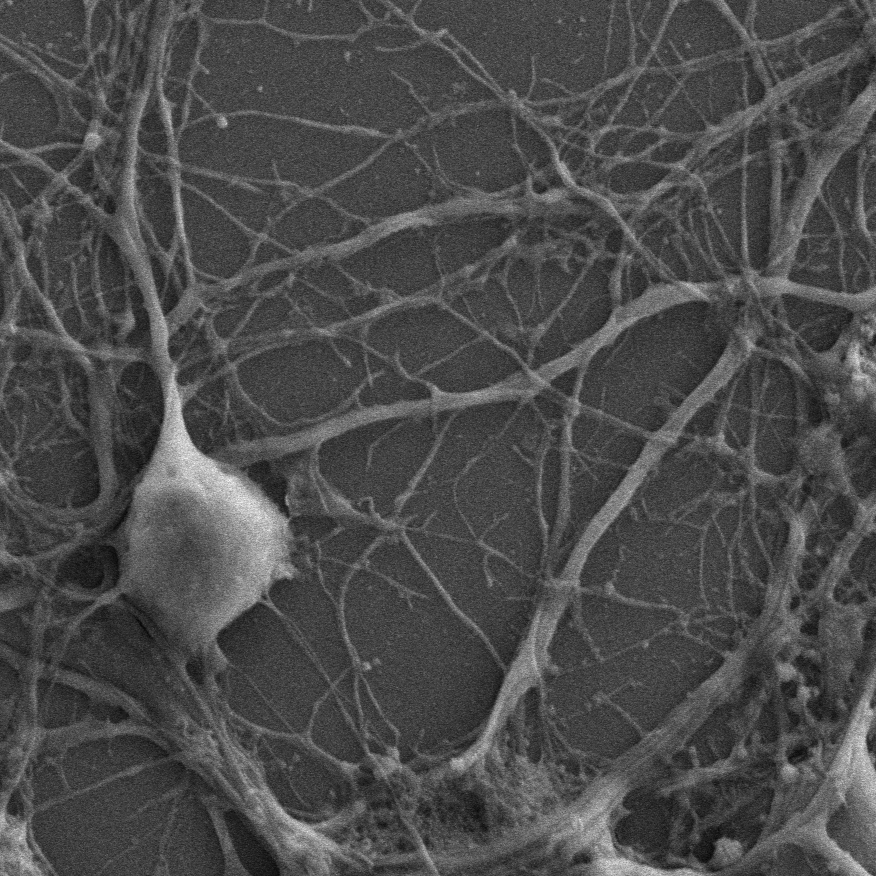 Neural cells.
Neural cells.





